What Is Residual Disease
What is residual disease. Leukaemias and other cancers of the blood and lymphatic system. Note that this single entry is the 3rd leading cause of death after heart disease and cancer so it is important. Evidence for the presence of residual malignant cells even when so few cancer cells are present that they cannot be found by routine means.
Minimal residual disease is defined as the tumor mass still remaining after chemotherapy or hematopoietic stem-cells transplantation autologous or more frequently allogeneic in ALL. Minimal residual disease is a small number of cancer cells left in the body after treatment. Minimal residual disease in acute lymphoblastic leukemia.
MRD test results are currently being measured and compared in clinical trials to help determine which myeloma treatments are most effective. Durie defines minimal residual disease MRD and explains how MRD-testing can be used for ongoing monitoringBOTTOM LINE. In patients with acute lymphoblastic leukemia ALL treatment response is increasingly evaluated with minimal residual disease MRD assays.
I know that in cancer there is something called minimal residual disease meaning residual cancer cells that regrow and cause a relapse however in that case I would have expected the mortality to coded as cancer so this category would seem to be something different or no. In the future doctors may use MRD test. It was initially used in haematological malignancies ie.
Minimum residual disease MRD is a measurement of whether myeloma cells remain in the body after treatment. In a patient who has been treated the detection of MRD indicates that treatment is incomplete. Minimal residual disease is a small number of cancer cells left in the body after treatment.
Minimal Residual Disease or MRD is the term used to describe detectable signs of cancer in a patient who has had curative-intent treatment usually surgery radiotherapy chemotherapy immunotherapy often in combination. In this weeks video Dr. In leukemia for example we look for response after chemotherapy treatment by looking under the microscope for cancer cells present in a bone marrow biopsy.
After remission MRD helps predict how likely a relapse of leukemia is. What does residual tumor mean.
Minimal Residual Disease or MRD is the term used to describe detectable signs of cancer in a patient who has had curative-intent treatment usually surgery radiotherapy chemotherapy immunotherapy often in combination.
It is designed for use by anyone who has had a previous heart attack or has had related problems such as angina stroke a transient ischemic attack aneurysm problems with blood vessels in the legs or any combination of those. Minimal residual disease MRD is a term used in blood cancer meaning that small number of cancer cells remain in the patients blood or bone marrow following treatment. An MRD positive test result means that disease was still detected after treatment. Evidence for the presence of residual malignant cells even when so few cancer cells are present that they cannot be found by routine means. These cells have the potential to come back and cause relapse in our patients. Leukaemias and other cancers of the blood and lymphatic system. It is easy to use and the factors are easy to measure. Minimal residual disease in acute lymphoblastic leukemia. MRD test results are currently being measured and compared in clinical trials to help determine which myeloma treatments are most effective.
Minimal residual disease. These cells have the potential to come back and cause relapse in our patients. Minimal residual disease. Tests for minimal residual disease MRD can detect some early tumors. Minimal residual disease is a small number of cancer cells left in the body after treatment. In patients with acute lymphoblastic leukemia ALL treatment response is increasingly evaluated with minimal residual disease MRD assays. These cells have the potential to come back and cause relapse in our patients.

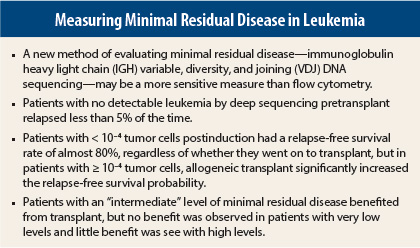
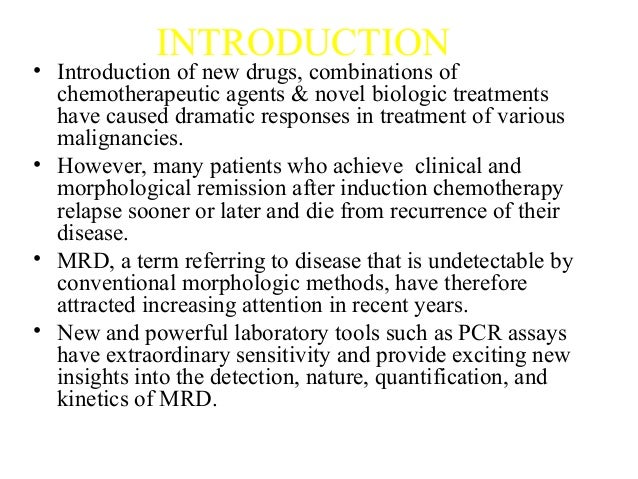

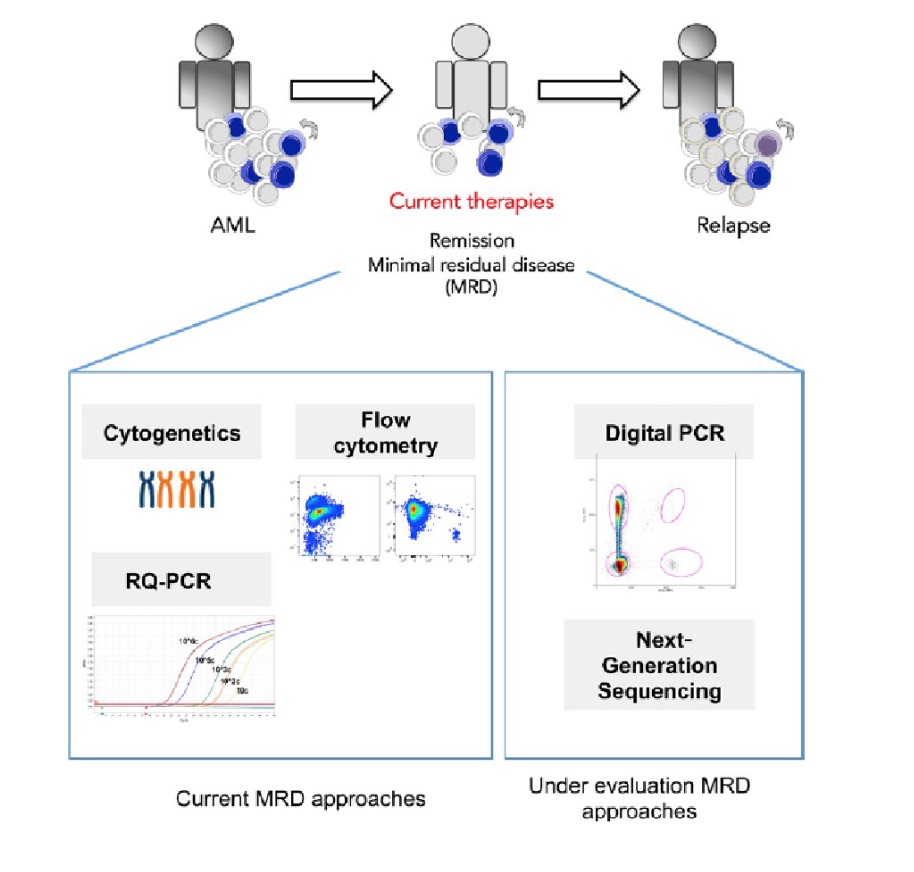







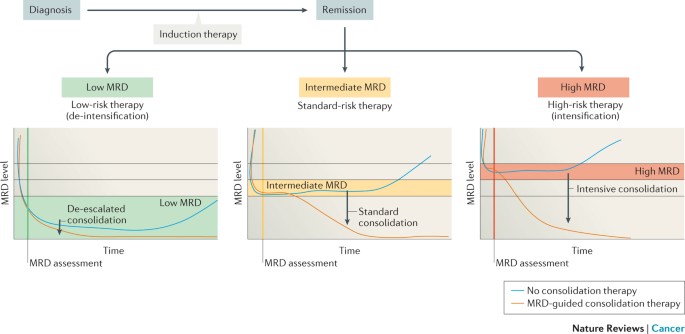


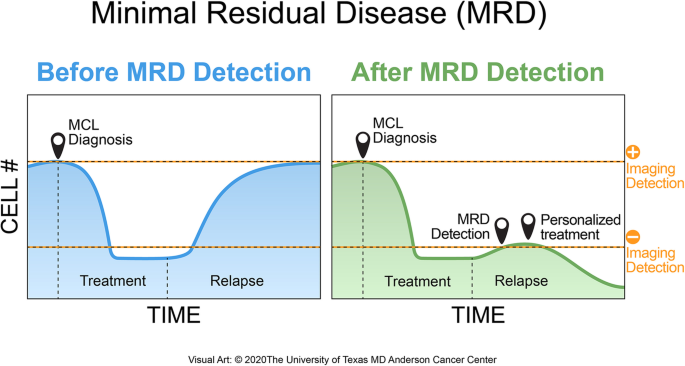
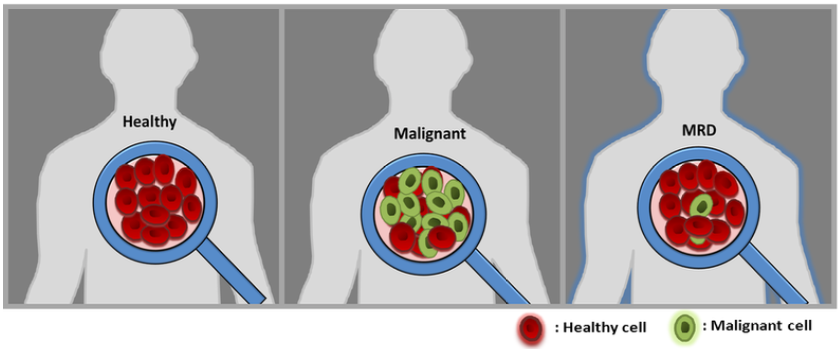





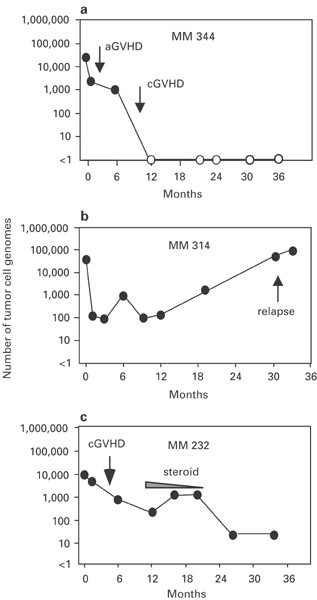

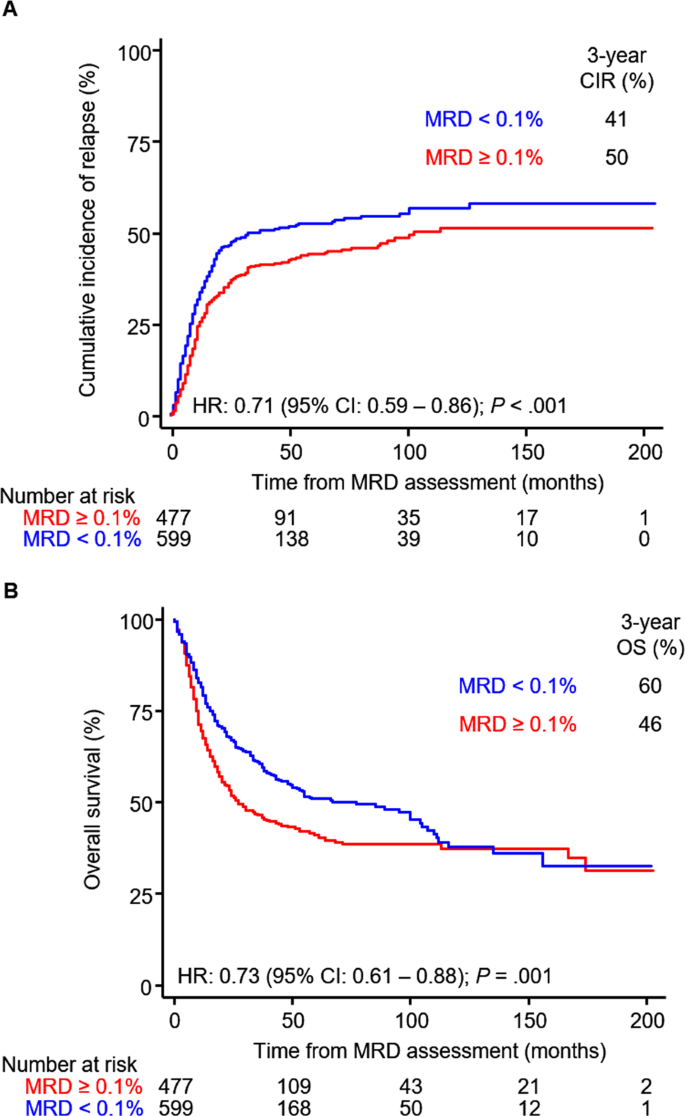
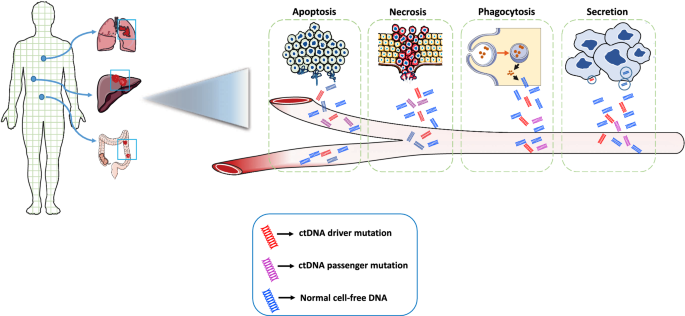
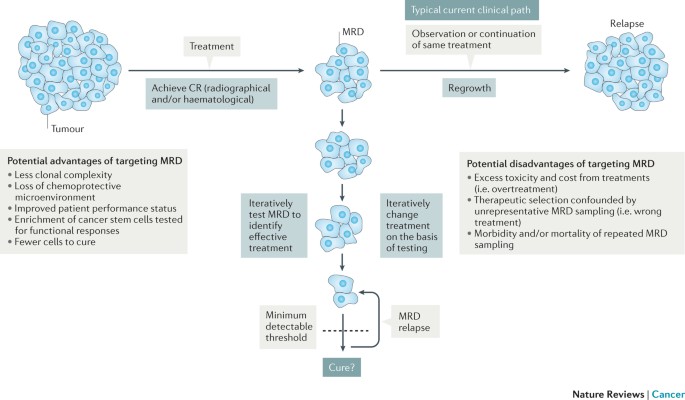







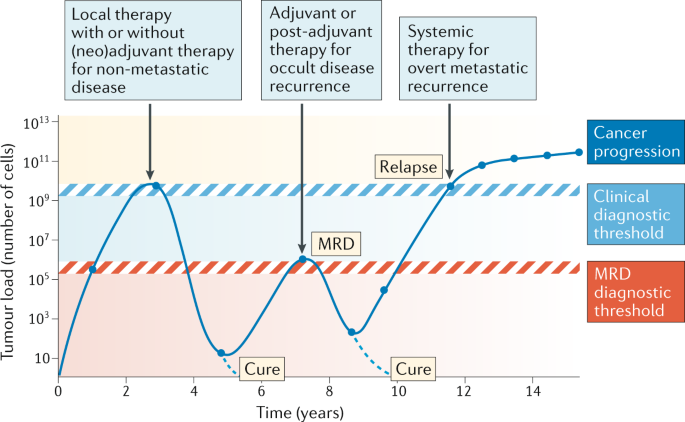




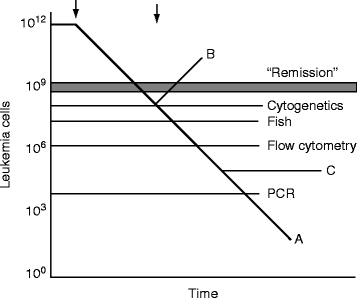





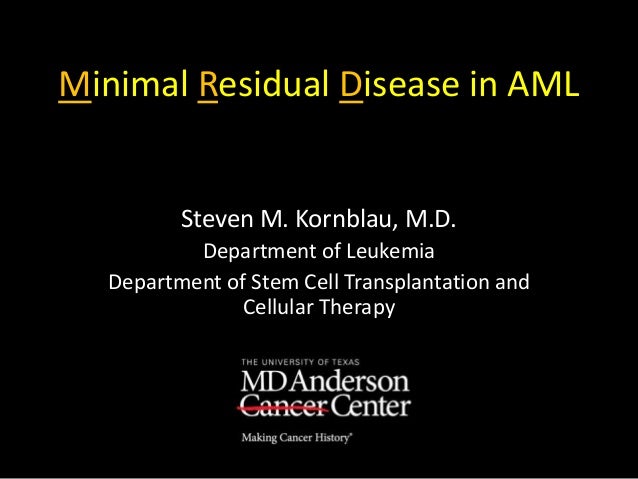
Post a Comment for "What Is Residual Disease"